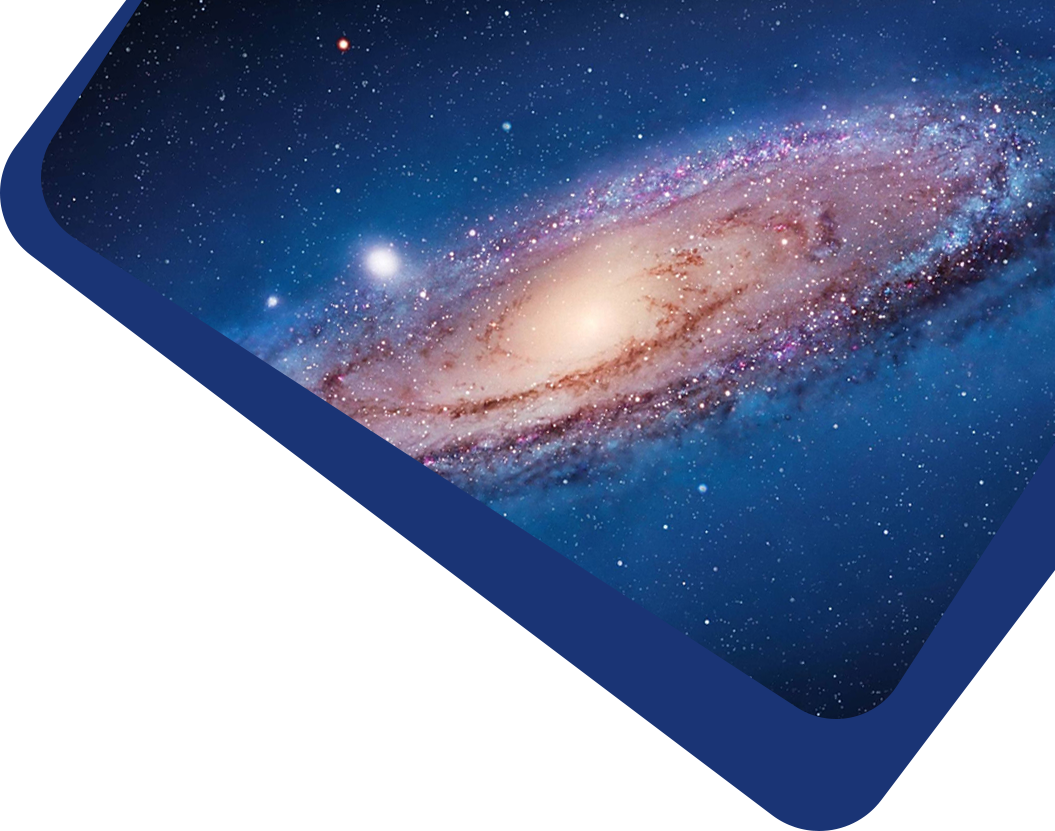

Contrary to the solar system, most exoplanet systems detected hitherto are close-in and compact. One typical system is TRAPPIST-1, which has seven nearly co-planar terrestrial planets all within the orbit of Mercury, including three in the habitable zone. To evaluate the differences in developing sophisticated gravity theories from the solar system, we use N-body integrations to simulate ephemeris and reproduce some important astronomy phenomena observed on the potentially habitable planet TRAPPIST-1e. Retrograde motions of other planets last 1–2 orders of magnitude shorter than in the solar system, but occur much more frequently. Transit events of all inner planets can be observed steadily. Except for Kepler's first law, which is hard to notice for low eccentricities of planets, the other two laws can then be precisely verified in 102 days, because the areas swept by planets vary by ≲0.01% and the observed semimajor axes and periods result in constants with theoretical and observation accuracies both ≲2%. However, the mean motion correlation implies that the Great Inequality is not always apparent between one pair of planets like Jupiter and Saturn. Furthermore, general relativity can hardly be discovered because it gives rise to perihelion precession of inner planets only ~0.1% of gravity precession, dozens of times smaller than Mercury. Our results support the possibility of developing part of gravity theories by potential exo-civilizations in compact systems like TRAPPIST-1.
Key words: planets and satellites: terrestrial planets– extraterrestrial intelligence– ephemerides– gravitation
There are currently no refbacks.
It accepts original submissions from all over the world and is internationally published and distributed by IOP